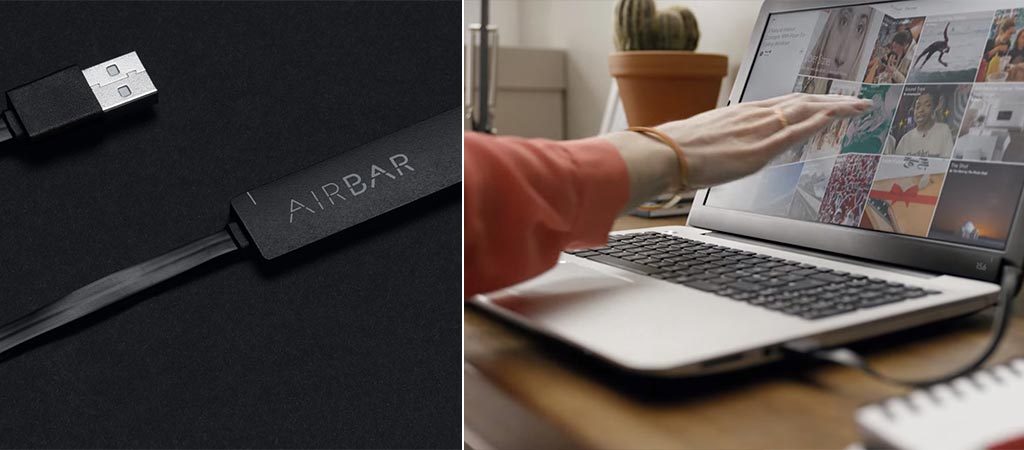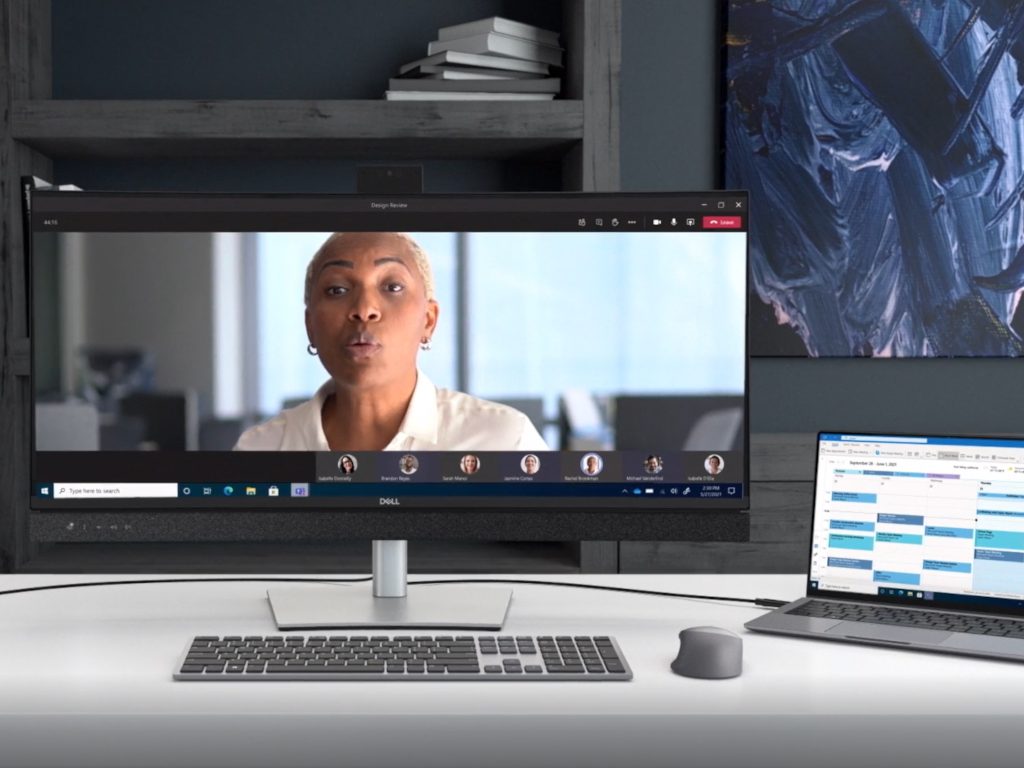Why is my Thunderbolt 3 device not recognized?
- Vendor Mouse Supports Wired Supports Wireless FW Version; Acer: Predator Cestus 330: Yes: No: TBD: Acer: Predator Cestus 350: Yes: Yes: TBD: Alienware: AW610M: Yes.
- Laptops Headphones. Amount still TBD — if they average 15 active hours a week and 100 percent of the stipend when they average 25 active hours per week. Drivers can qualify for the health.
To troubleshoot the scenario where a Thunderbolt 3 device is not recognized properly, we suggest checking following items:


Toshiba laptop and netbook drivers. Install drivers automatically. Are you tired of looking for drivers? DriverPack will automatically select and install the required drivers. Popular Toshiba laptops and netbooks.
- Make sure that both the computer and the device are turned on and that the Thunderbolt 3 device is connected to the computer via the Thunderbolt interface.
- Disconnect and re-connect the Thunderbolt cable and/or restart the computer.
- Use the Thunderbolt 3 cable that was included. If you own a second cable, test both to rule out any problems with the cable.
- Confirm that your computer supports Thunderbolt. If it has a USB-C port but only supports USB, the Thunderbolt device won't work.
- For Windows PCs, update the BIOS of your computer.
- For Windows PCs, update the Thunderbolt firmware (NVM) on your computer.
- For Windows PCs, update the Thunderbolt software (driver) on your computer.
- For Windows PCs, when you connect a new device for the first time, you might have to approve the device. Select 'Always Connect'.
- For Windows PCs, if the device is recognized at first but disconnecting and re-connecting fails, install the device driver for Windows.
- For Windows PCs, if the device is no longer recognized after upgrading your operating system (e.g. from Windows 7 to Windows 10), uninstall the Thunderbolt software and re-install the latest version, even if it's the same version.


When updating the driver and firmware for your computer, make sure to follow the instructions of the manufacturer. In some cases, it's necessary to update the firmware in a certain order (e.g. update BIOS first, Thunderbolt software second and Thunderbolt firmware last). We recommend temporarily disconnecting the external Thunderbolt device when doing the BIOS and firmware update on your computer.
To check the current firmware and driver version of your system, connect your Thunderbolt 3 device to your computer and right-click on the Thunderbolt icon in the taskbar. For older versions of the Thunderbolt Software, select 'Settings' and open 'Details'. For newer versions of the Thunderbolt Software, select 'About'. Under normal circumstances, you should be able to see your attached device and the current version of the software, application and the driver as seen below.
You can also check this website at https://thunderbolttechnology.net/updates to see if there are any updates for your computer.
If none of the above helps or you believe the product is defective, please submit a ticket on our help desk for further help.
If your computer doesn't recognize your connected device, you might see an unknown error or a '0xE' error. If you do, follow these steps and try to connect your device again after each step:
- Make sure that your iOS or iPadOS device is unlocked and on the Home screen.
- Check that you have the latest software on your Mac or Windows PC. If you're using iTunes, make sure you have the latest version.
- Make sure that your device is turned on.
- If you see a Trust this Computer alert, unlock your device and tap Trust.
- Unplug all USB accessories from your computer except for your device. Try each USB port to see if one works. Then try a different Apple USB cable.*
- Restart your computer.
- Restart your device:
- Try connecting your device to another computer. If you have the same issue on another computer, contact Apple Support.
Drivers Tbd Laptops & Desktops Computers
For more help, follow the steps below for your Mac or Windows PC.
* Learn how to connect iPad Pro (11-inch) or iPad Pro 12.9-inch (3rd generation) to your computer.
If you use a Mac
- Connect your iOS or iPadOS device and make sure that it's unlocked and on the Home screen.
- On your Mac, hold down the Option key, click the Apple menu, and choose System Information or System Report.
- From the list on the left, select USB.
- If you see your iPhone, iPad, or iPod under USB Device Tree, get the latest macOS or install the latest updates. If you don't see your device or still need help, contact Apple Support.
If you use a Windows PC
The steps differ depending on if you downloaded iTunes from the Microsoft Store or from Apple.
If you downloaded iTunes from the Microsoft Store
Follow these steps to reinstall the Apple Mobile Device USB driver:
- Disconnect your device from your computer.
- Unlock your iOS or iPadOS device and go to the Home screen. Then reconnect your device. If iTunes opens, close it.
- Click and hold (or right-click) the Start button, then choose Device Manager.
- Locate and expand the Portable Devices section.
- Look for your connected device (such as Apple iPhone), then right-click on the device name and choose Update driver.
- Select 'Search automatically for updated driver software.'
- After the software installs, go to Settings > Update & Security > Windows Update and verify that no other updates are available.
- Open iTunes.
If you downloaded iTunes from Apple
Follow these steps to reinstall the Apple Mobile Device USB driver:
- Disconnect your device from your computer.
- Unlock your iOS or iPadOS device and go to the Home screen. Then reconnect your device. If iTunes opens, close it.
- Press the Windows and R key on your keyboard to open the Run command.
- In the Run window, enter:
%ProgramFiles%Common FilesAppleMobile Device SupportDrivers - Click OK.
- Right-click on the
usbaapl64.inforusbaapl.inffile and choose Install.
You might see other files that start withusbaapl64orusbaapl. Make sure to install the file that ends in .inf. If you’re not sure which file to install, right-click a blank area in the File Explorer Window, click View, then click Details to find the correct file type. You want to install the Setup Information file. - Disconnect your device from your computer, then restart your computer.
- Reconnect your device and open iTunes.
If your device still isn't recognized
Check Device Manager to see if the Apple Mobile Device USB driver is installed. Follow these steps to open Device Manager:
- Press the Windows and R key on your keyboard to open the Run command.
- In the Run window, enter
devmgmt.msc, then click OK. Device Manager should open. - Locate and expand the Universal Serial Bus controllers section.
- Look for the Apple Mobile Device USB driver.
If you don't see the Apple Mobile Device USB Driver or you see Unknown Device:
- Connect your device to your computer with a different USB cable.
- Connect your device to a different computer. If you have the same issue on another computer, contact Apple Support.
If you see the Apple Mobile Device USB driver with an error symbol:
If you see , , or next to the Apple Mobile Device USB driver, follow these steps:
Drivers Tbd Laptops & Desktops Best Buy
- Restart the Apple Mobile Device Service.
- Check for and resolve issues with third-party security software, then restart your computer.
- Try to install the
usbaapl64.inforusbaapl.inffile again.